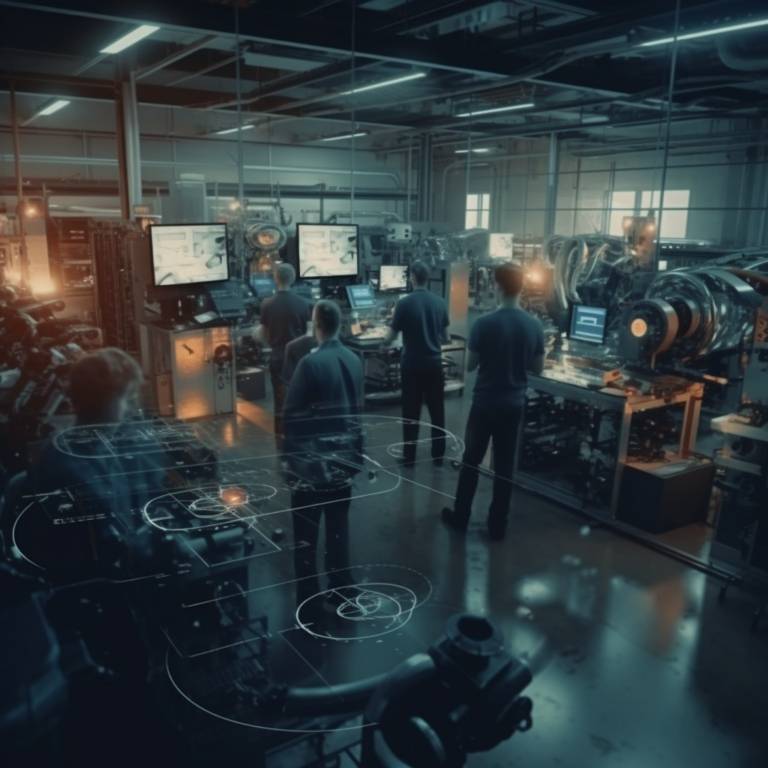In the last year, the tech industry has witnessed a paradoxical trend: despite soaring profits, major tech companies like Meta, Google, Microsoft, Amazon, and Salesforce and others have announced significant layoffs. These layoffs are not just numbers; they represent a shift in the industry’s operational dynamics, attributed largely to increased efficiencies driven by artificial intelligence (AI).
The Layoff Landscape
In 2023, Meta made headlines with over 20,000 layoffs, continuing into 2024 with thousands more. The reward for these layoffs was profits that far exceeded Wall Street’s expectations when announced last week in Meta’s Q4 Financial results. Google announced in January its plans for a staggering 30,000 layoffs in 2024, while Microsoft and Amazon reduced their workforces in 2023 by 18,000 and 27,000 employees, respectively and have plans for even more cuts in 2024. On a smaller scale, Salesforce also joined this trend in 2023, letting go of 7,000 employees, which constituted 10% of its workforce. Despite these cuts, profits within these organizations have not dwindled, according to each of these organizations CEO’s the layoffs are a result of strategic pivot towards efficiency and leaner, more AI-driven operations.
The AI Efficiency Drive
The core of these massive layoffs can be traced back to the integration of AI technologies. AI has enabled companies to automate tasks, streamline operations, and enhance productivity, leading to an unsettling equation: higher efficiency but with fewer employees. The tech sector, home to approximately 9.4 million workers in the United States, is at a critical juncture where AI’s role is expanding from an auxiliary tool to a central component of operational strategy.
If the trend observed in large tech firms extends across the entire tech sector, some 900,000 jobs in the U.S. would be replaced by AI over a very short period of time. Although we do not believe that the sector will move as quickly as the largest tech companies, we do estimate that by the end of 2024, at least 350,000 tech jobs will be replaced in the U.S by AI, with projections exceeding 500,000 by the end of 2025 as AI integration accelerates and CEO’s drive to more efficient operations helped by AI.
Looking Ahead
This transformation raises critical questions about the future of work in the tech industry and beyond. Tools like ChatGPT, Copilot, Gemini, MidJourney and countless others are driving rapid and meaningful change in how work is done in the tech sector. Inevitably the integration of AI presents a double-edged sword: it drives unprecedented innovation but also challenges traditional employment models. As companies navigate this new landscape, the focus must also shift towards reskilling and upskilling employees to thrive in an AI-augmented workforce. Every company now needs to establish an “AI Ethics Strategy” to ensure they are making employment decisions ethically and looking for ways to augment their workforce versus displace workers.
In conclusion, the tech industry’s layoffs signal a deeper restructuring of the workforce, driven by AI efficiencies. As we look to the future, the challenge will be to balance technological advancement with human capital, ensuring that the tech sector remains a beacon of innovation and employment. On one side tech companies will be able to drive higher profits as they shed employee overhead, as seen by Meta’s financial reporting last week, on the other hand large scale layoffs can cause systemic problems in the sector and across the entire economy.



